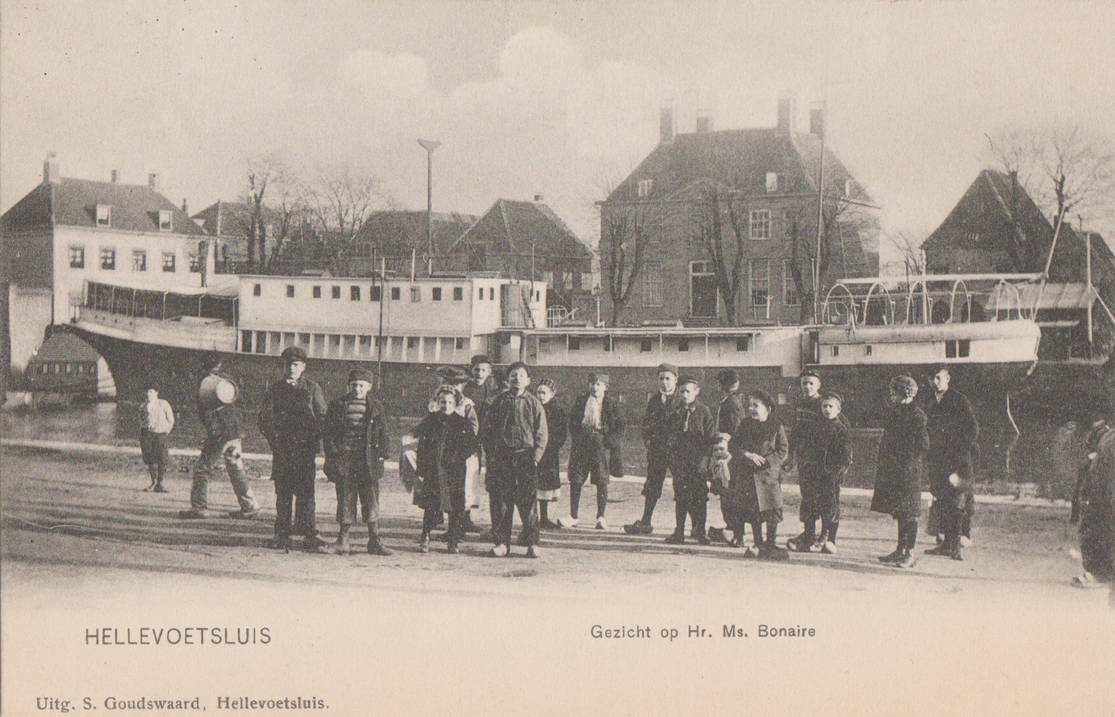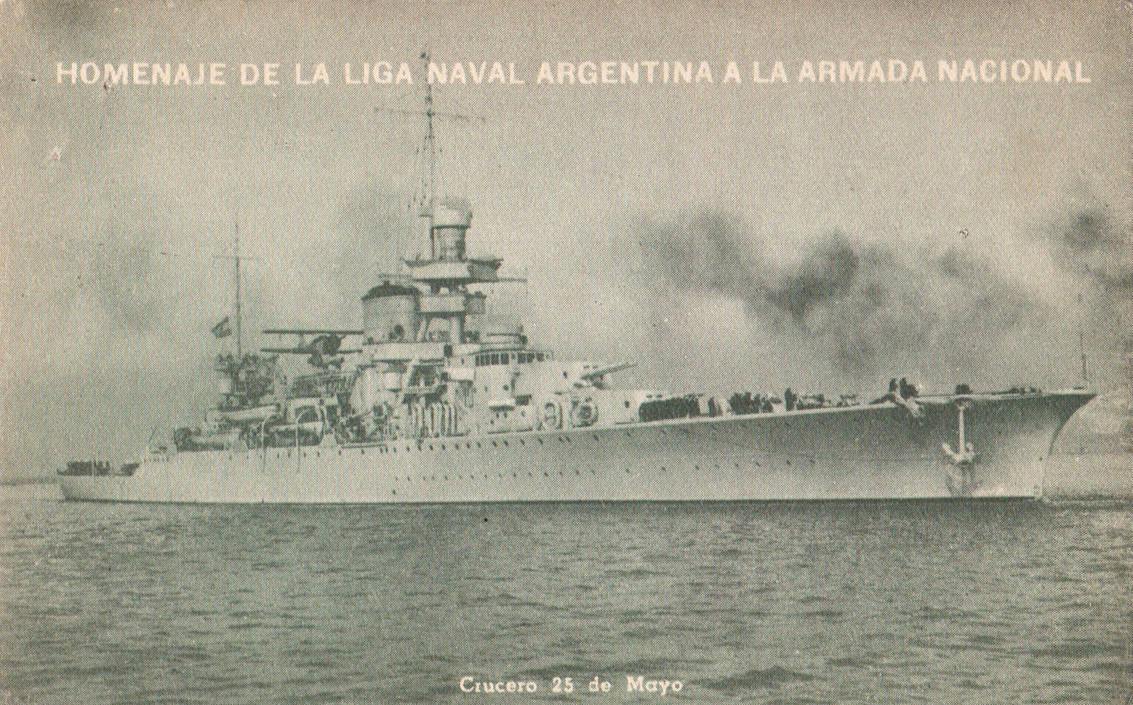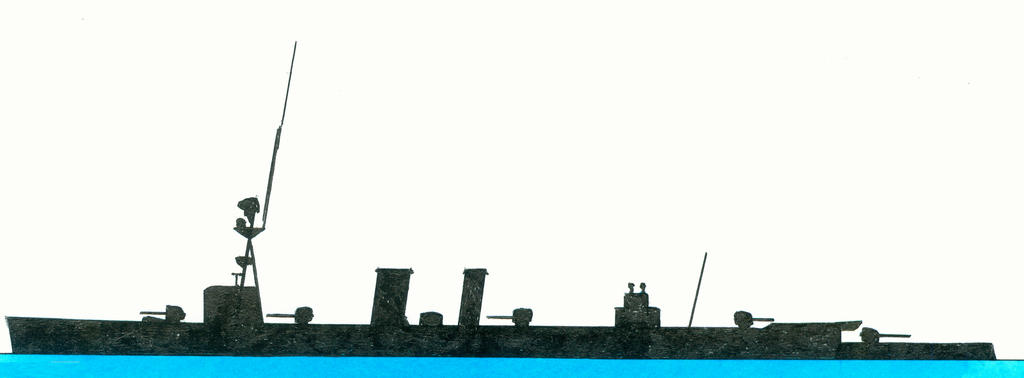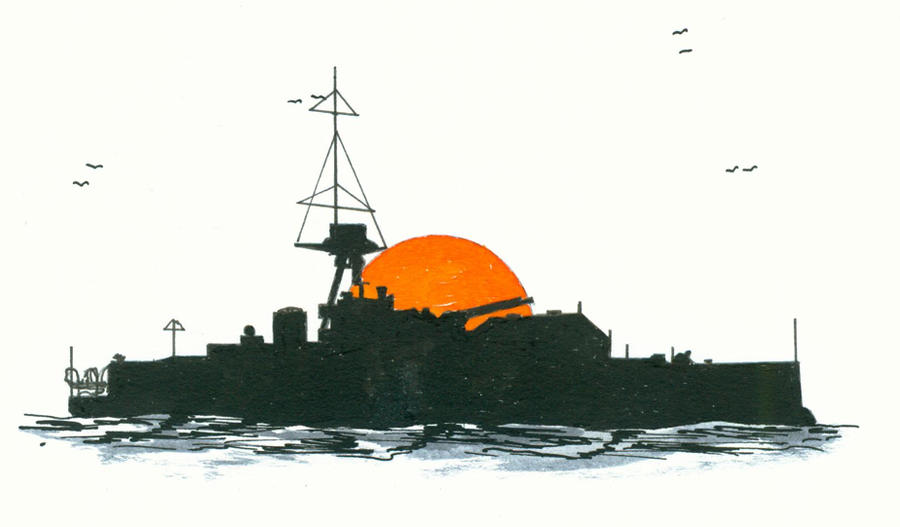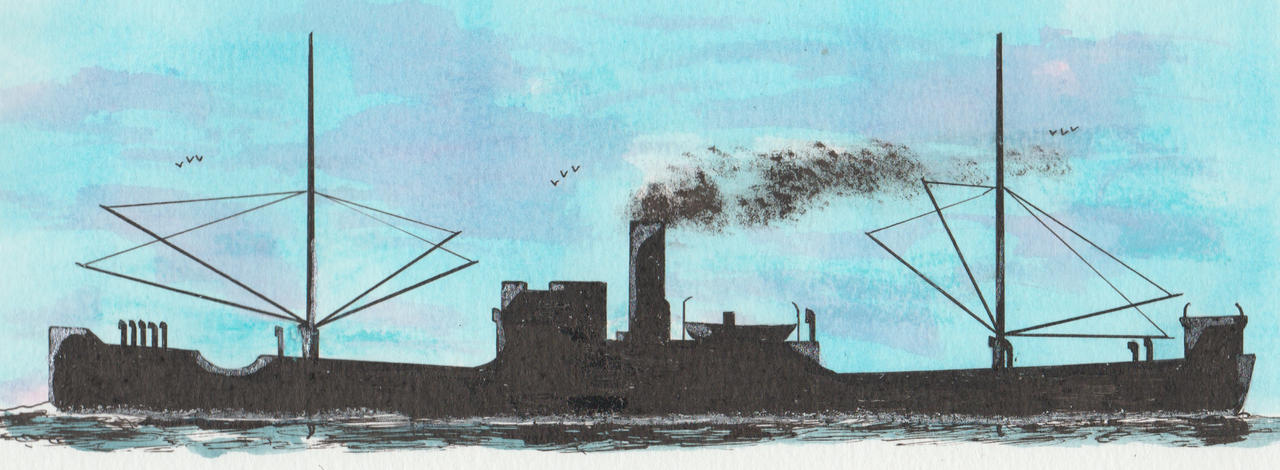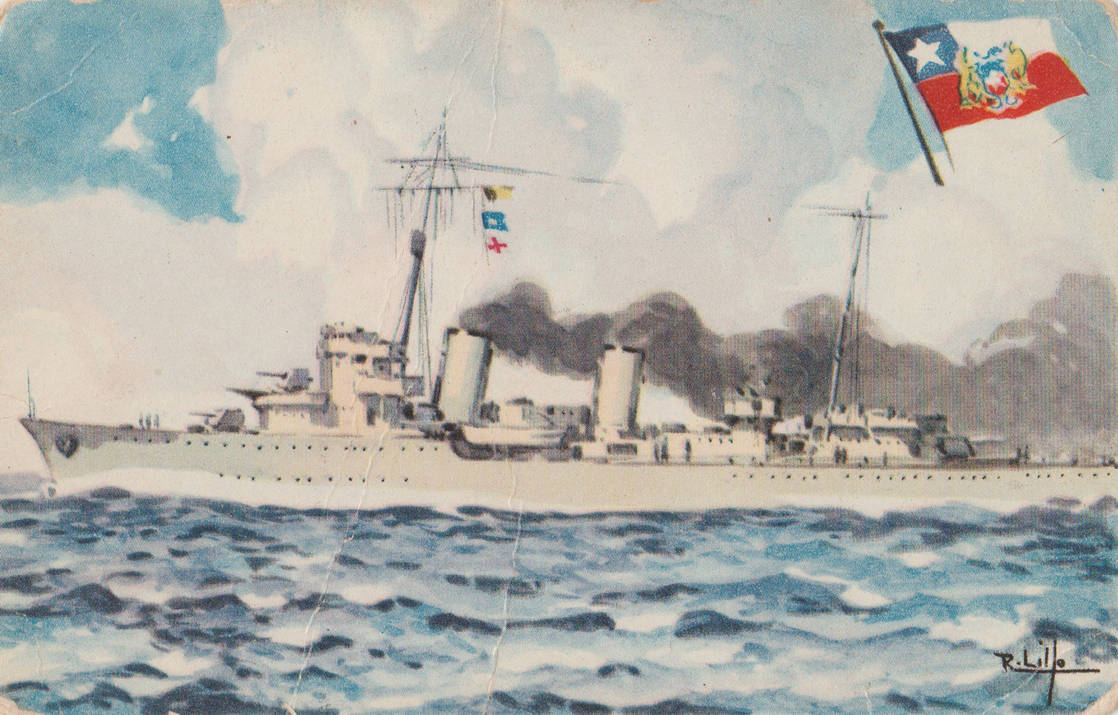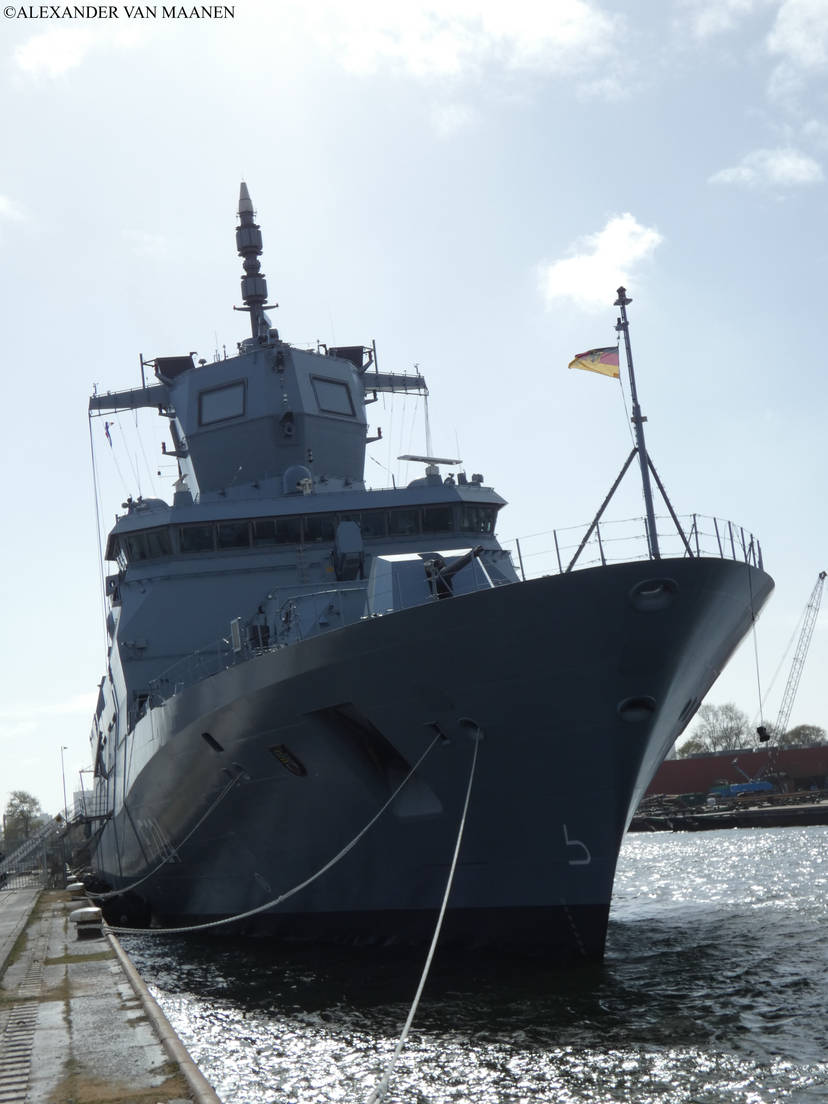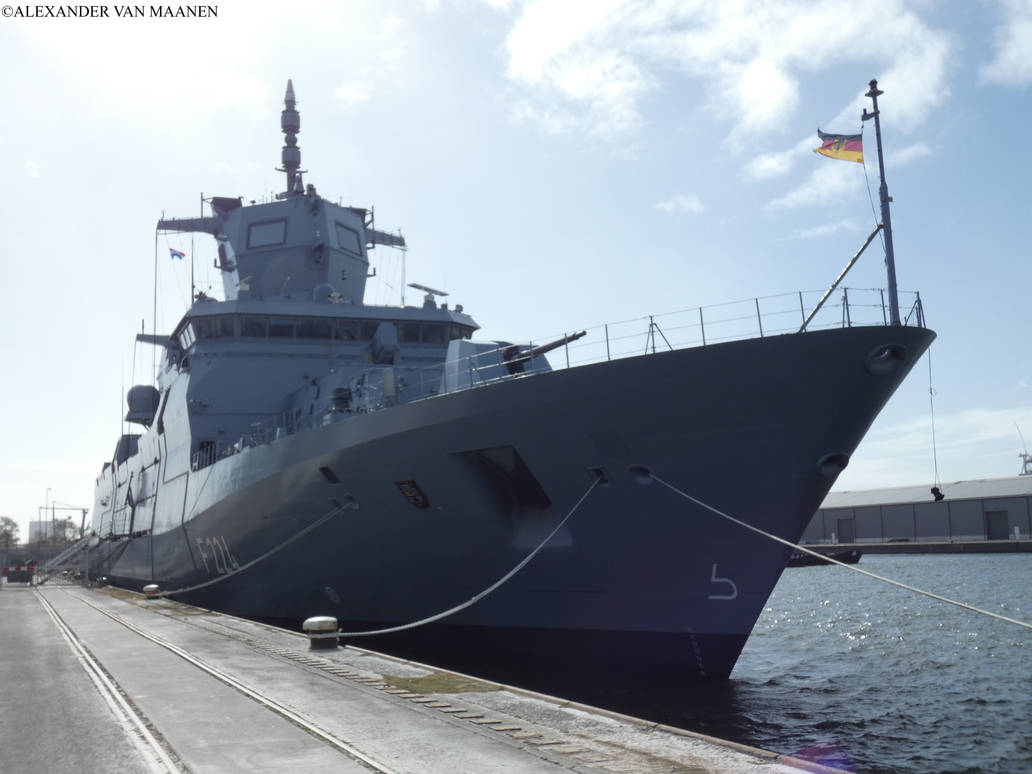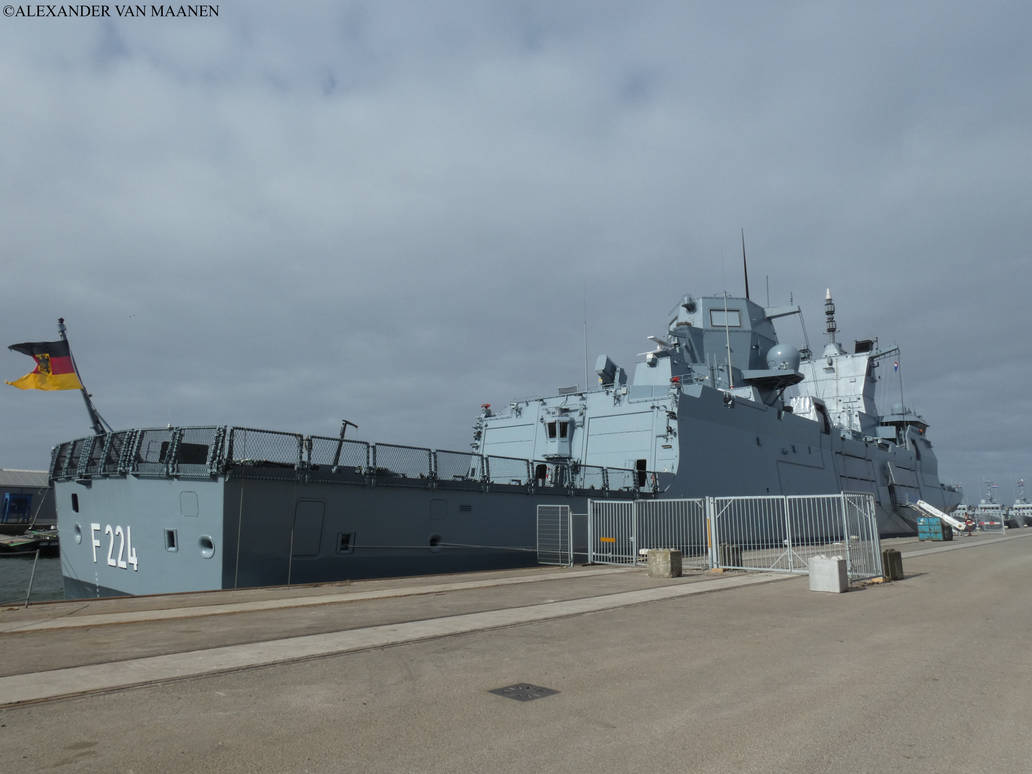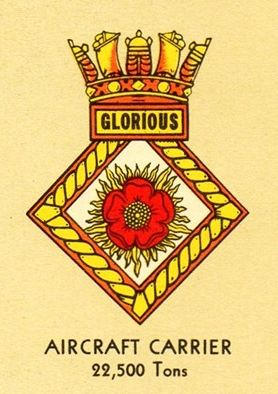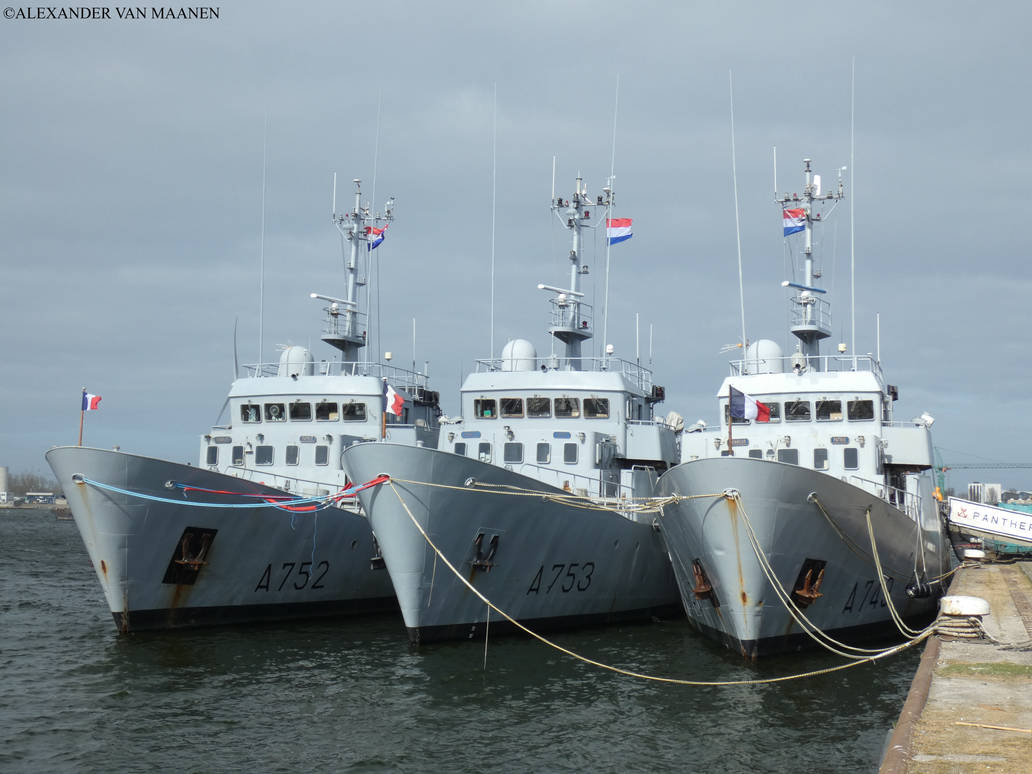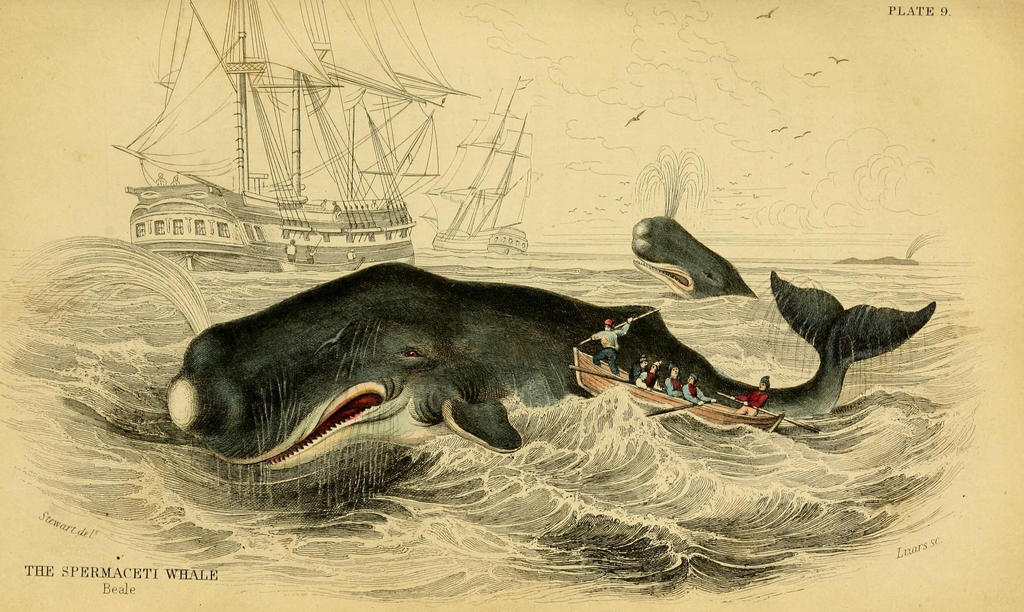©Warshipsresearch.blogspot.com
The Bureau of Construction and Repair was early October 1920 ordered to make a set of designs of submarine cruisers while in the future there could be a need for large submarine scouts. Considered very vulnerable to torpedo attacks lacking the side protection scheme as proposed for Type 3. Displacement 13,500 tons and as dimensions 490 (waterline) x 60.0 (waterline) x 29.0 feet. Speed 15.5 knots/8,800 shp. Range 10 knots/20,000 nautical miles. Propulsion 8x1,1000 bhp diesels driving generators, 4 main driving motors.Main armant 4x2-8” guns, 2-4” anti aircraft guns and 8-21” torpedo tubes (6 fore, 2 aft). Main side belt armour depth below waterline 5.0’ and thickness 90” over 40”. Protective deck 90”. Heavy part conning tower 3”. Conning tower proper thickness 6” and top 3”. Turrets thickness port 6”-sides 2”-top 3”-rear 2”.
Source
U.S. Naval History and Heritage Command 1911-1925 Spring Styles Book. S-584-166




